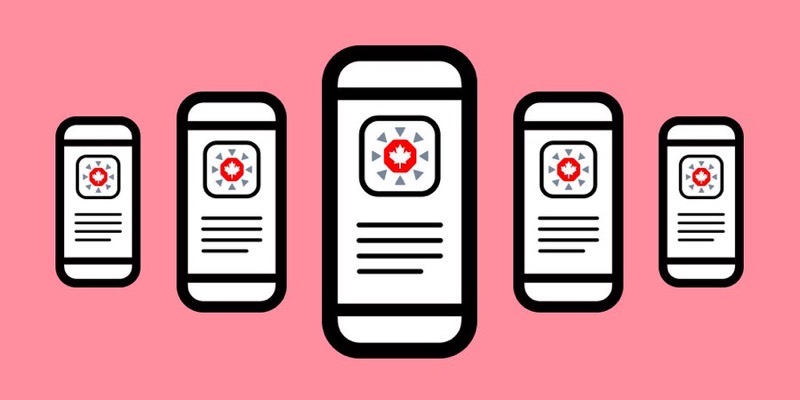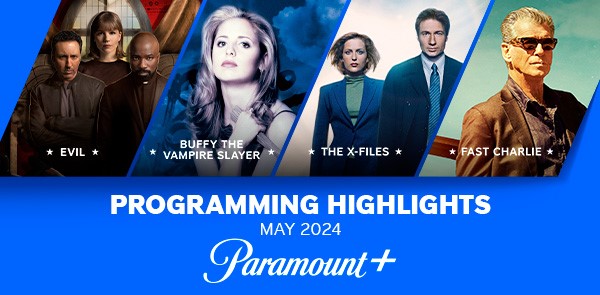
COVID Alert App Cost $21 Million, Sent Over 371,000 Notifications: Feds

It has been nearly two years since the federal government launched its exposure notification solution, the COVID Alert notification app. With usage waning and public sentiment souring, the government’s decision to spend upwards of $20 million on the development and marketing of the app has been called into question time and again in recent months.
“I don’t think the COVID Alert app made much of a difference in our fight against COVID,” Peter Loewen, director of the Munk School of Global Affairs and Public Policy at the University of Toronto, told CBC‘s Cost of Living.
In November of last year, the COVID Alert app was only used by 869 Canadians to inform anyone they came into contact with of possible exposure to the virus.
“That doesn’t mean that it was a waste of money, necessarily. We didn’t even spend enough money to really try,” added Loewen.
Low uptake was a big part of the problem. COVID Alert was downloaded 5.7 million times by December 2020, around six months after it became available. Over a year since then, the app stands at just 6.86 million downloads. Even if you assume each download translates into one unique user, that’s still only 18% of the Candian population.
According to Loewen, the app would need to be downloaded by at least 60% — and preferably even 70-80% — of Canadians to be truly useful.
Loewen also said the government should have done more than just promote the app to encourage adoption. Making the app useful for more than just contact tracing and exposure notifications would have been one way to do so.
“You would probably download it more willingly if, for example, you could book [vaccine or testing] appointments through it. Or … maybe you could show your vaccination QR code,” she said.
The federal government could have even considered paying people to download the app, said Loewen. After all, the feds were already paying residents $2,000 a month to not go to work at the height of the pandemic.
However, low uptake hasn’t been the only thing keeping the app from being effective. COVID Alert works by establishing anonymous Bluetooth handshakes with nearby iOS and Android devices, and it doesn’t track users’ names, addresses, or location data, nor does it collect any data on whether or not users actually get tested after receiving an exposure notification.
Not only that, provinces like Alberta and British Columbia never supported the app, reducing its ability to get off the ground.
While all of those measures ensure user privacy, they also kneecap the app’s viability as a tool in the fight against COVID. And by not being able to tell users exactly where they were exposed, the app can also cause a fair bit of uncertainty and confusion.
Health Canada told Cost of Living that $15.1 million of the app’s total $21-million budget was spent on marketing and advertising “to raise awareness and help increase uptake of the COVID Alert app by Canadians.”
As of January 31, the app has sent more than 371,875 alert notifications to users; at the cost of $21 million, that works out to $56.47 per alert.
It’s not just the public that is dissatisfied with COVID Alert and the government’s treatment of it. Back in December, Newfoundland and Labrador Health Minister John Haggie said that the federal government “gave up” on the app, but he later backtracked on those remarks.

